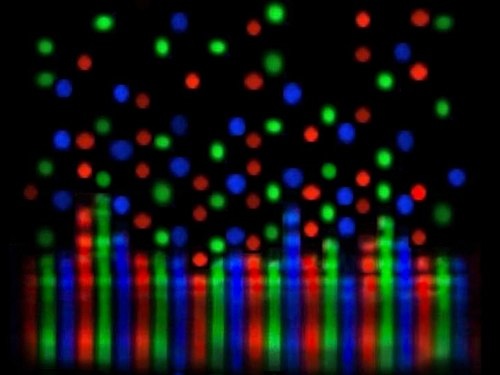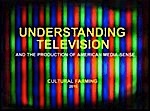How should viewers watch these video essays?
“I care less about what communication ‘says it says’ and more about how ‘what is said’ functions across society.”
In toto, these are experimental forms of ethnographic writing using only previously made media content. My intention here is intellectual montage over artistic collage. I care less about what communication ‘says it says’ and more about how ‘what is said’ functions across society. I prefer sobriety over entertainment, ideological instability over conventional ways and means, nature and naturalism over constructed realities and realism. I aim for healthy diversity through reforestations of understanding, which can help to supplement the growing devaluation of liberal arts education.
Passive reception replaced by intellectual co-production.
This project is not about claiming any brand of media-morality, be it good or bad. Nor is it the typical ignorant (gun) response: “media are neutral, it’s all about how they’re used”. Wrong. Media, as with all man-made tools, are never just neutral. Throughout history, new communication ‘tools’, whether deemed to be good or bad, can ultimately obliterate entire systems, landscapes, entire societies. Still, we always default towards interpretation first. And then to attempt to articulate this condition using just words? Why rewrite our critiques in another ‘language’? What’s lost in translation?
To help marginalize the flaws of interpretation, every video-project herein is purposefully designed in an ‘identical TV format’ expression. It’s ‘best practice’. I ‘write’ TV culture with actual TV. To best speak-back to TV, I employ their own languages, grammars, syntax. So... it’s still TV, so sit close to the screen. I made these projects while sitting 27 inches away from a 27 inch computer screen. That ratio may be important. Also, the audio should be turned up to at least 7. And wear headphones; they help discern nuance.
But ultimately, there are no rules for watching. Mine is a paratactic style of video writing, which reflects TV itself, as it should, and sharpens our focus upon the prevailing difficulties and contradictions of contemporary existence inside today’s political discourse (Adorno). These are experimental video essays and each should be watched closely, re-read and studied with clear eyes like any other academic text. None of this is fiction, at least to my home screen. Just remember, the true potency of Cultural Farming lies inside doing, not watching. “The proof is in the eating.”

“It (my videos) can be regarded as a kind of symphony, or in
another way as a kind of opera -- or even a horse opera. It is
not just music, a poem, a song, a tragedy, a farce, and so forth.
It is superficially profound,entertaining and boring -- according
to taste. It is a prophecy, a political warning, a cryptogram, a
preposterous movie and a writing on the wall. It can even be
regarded as a sort of machine: it works too, believe me, as I
have found out.”
Malcolm Lowry, 1947

2. How should viewers watch these video essays?
3. Introduction to the research.
4. What does understanding television mean?
5. How do I understand television?
6. What does using theory mean?
7. Can you discuss one of your videos?
8. What was discovered in this research?
9. What if viewers still don’t ‘understand’ television?
An American
resident of Canada, experimenting with new forms of critical media ethnography in Cultural Farming



